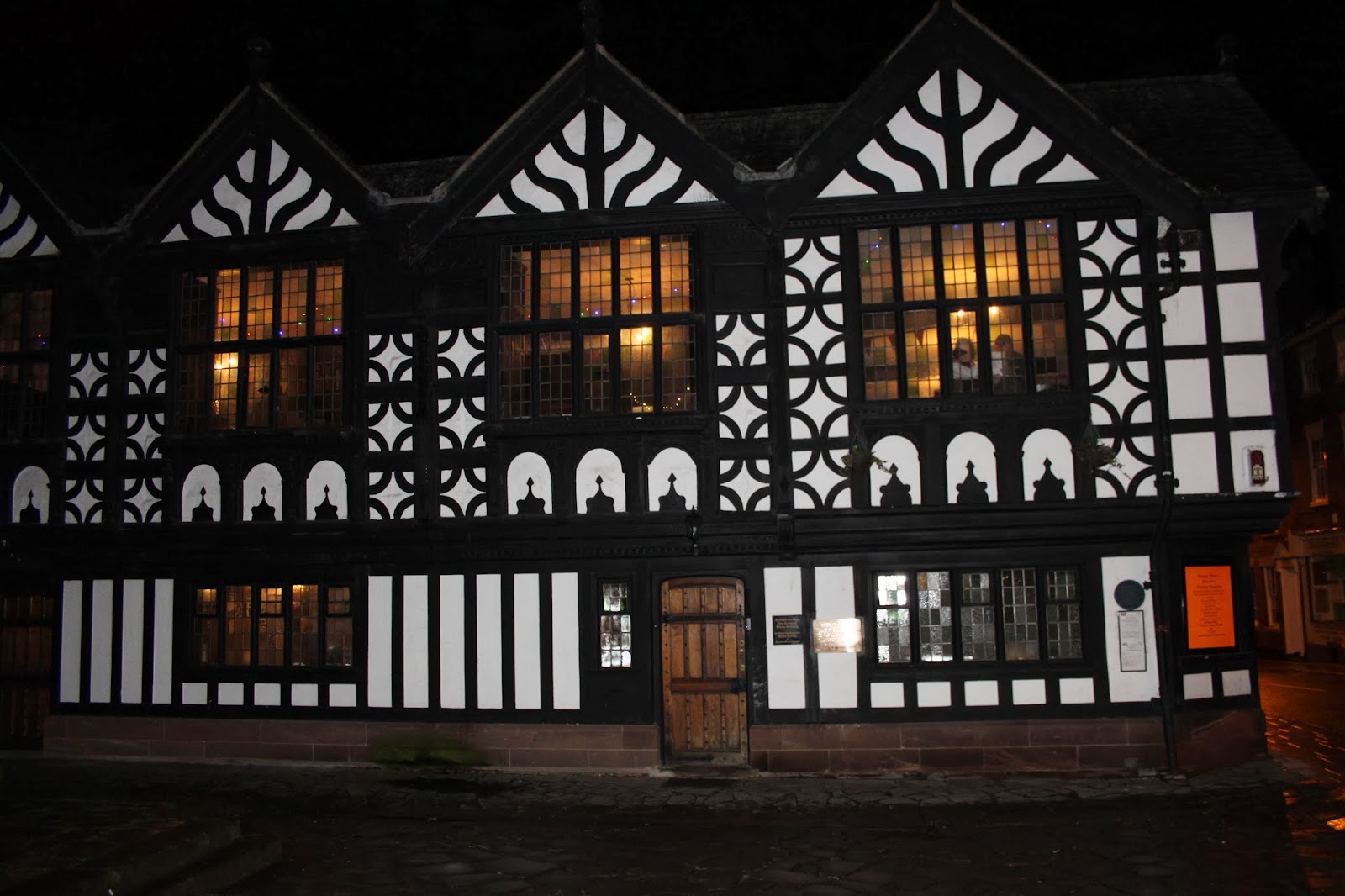Yesterday it was Burns Night, when we are normally invited to share the evening with a gathering at a friend's house, but last year our little group decided to make the event a bit more special and so hired out the lovely Stanley Palace in Chester. There had been a lot of planning going on to make it extra special this time.
Guests were bringing plates of food to share and so Sue was on duty arranging all of this...
Haggis, neeps and tatties were being prepared in the kitchen beside the beer...
Fairy lights and tartan bunting were arranged throughout the building and it was nearly time to begin welcoming all the guests...
I regularly tell people that not all bagpipes are Scottish, but for this event I did dress the pipes up a bit...
At 8 o'clock the haggis was piped through the building...
We played the tune for a Burns' song 'A man's a man for a'that'.
Of course we had the 'Address To A Haggis'...
Then, as is now a tradition at our Burns Night celebrations in Chester, there was a little extra play on the story of the haggis. This year it was a tale of how the haggis was once a widespread dish across Britain and how it came to be just a Scottish favourite. It was a tale of medieval mystery, of secret societies, the gastronomic occult, exiled Italian abbots running coffee shops, archaeological discoveries and the revelation that the true origins of the haggis had been disguised in the words of a mummers' play. Whether the gathering believed all of this, I'm not too sure...
The newly rediscovered play was enacted for the first occasion in modern times; Here's Haggis and Trencher...
And then Bread and Tripe ready to pounce with the knife...
Then it was time to judge the best dressed tankard competition...
Followed by a Burns' song 'The Winter it is Past'...
And then it was off to eat, share stories, catch up with friends, play music and dance for the rest of the night. The camera was put away then so you'll have to imagine all that.
Maybe it wasn't the most 'authentic' Burns supper, but the mood of sharing an evening with friends, music and song felt like an appropriate way to celebrate the event.

















































